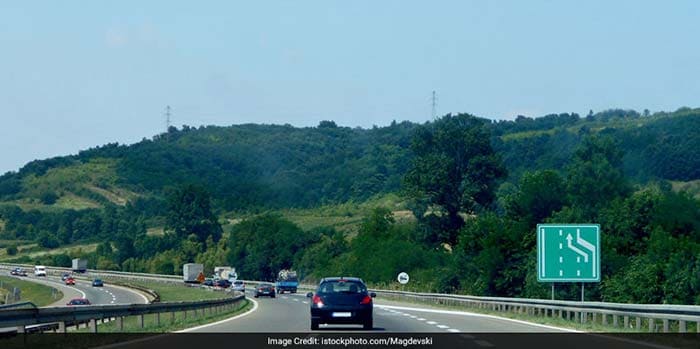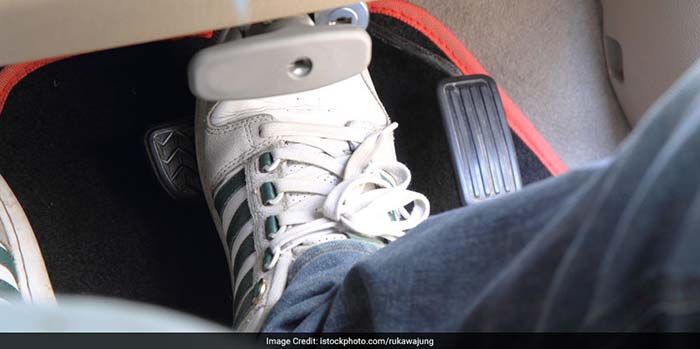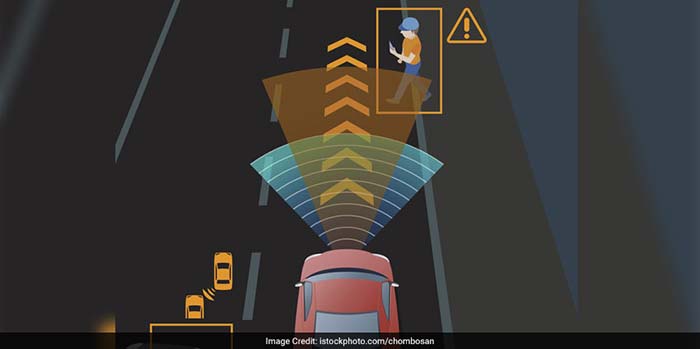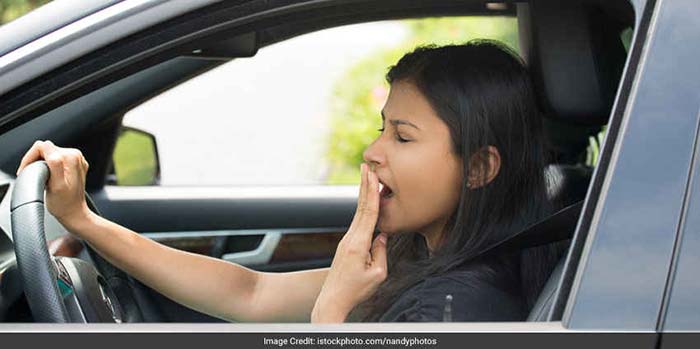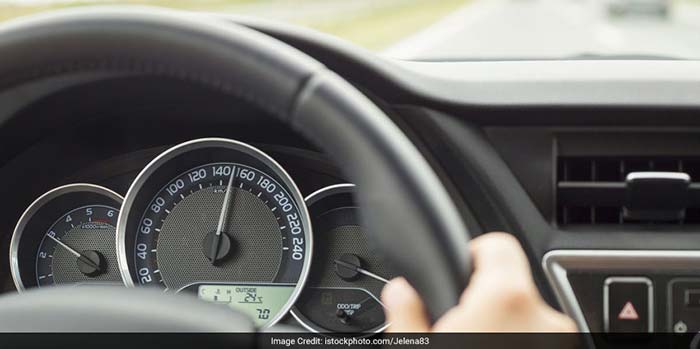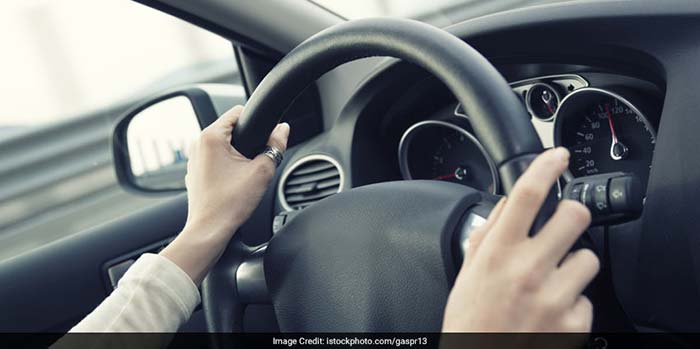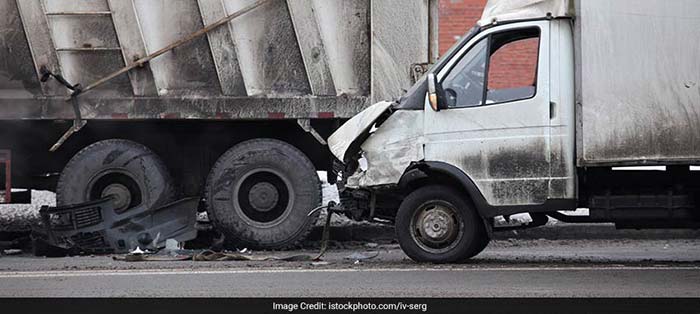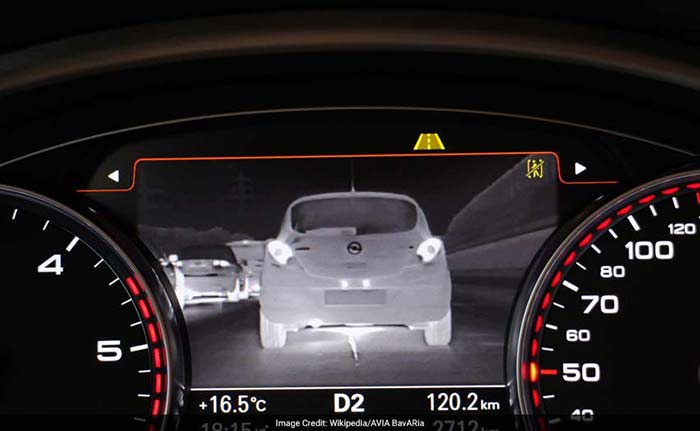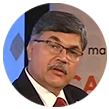- Cashless Bano India/
- Photos/
- In Pics: 10 Futuristic In-Car Technologies That Could Make Our Roads Safer
In Pics: 10 Futuristic In-Car Technologies That Could Make Our Roads Safer
In-vehicle road safety is no longer limited to seat belts and airbags. Courtesy automobile manufacturers and researchers, continuous research is being conducted to develop technology which makes road travel safer. From monitoring how cars are being driven to warning drivers about overspeeding, here are some technologies helping us steer towards a safer future on roads.
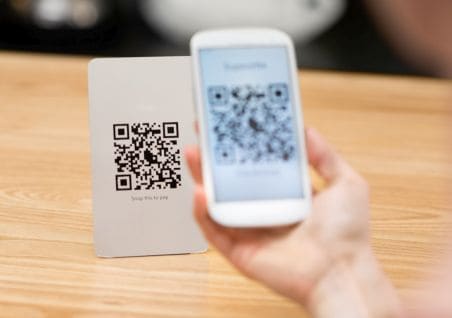
NDTV along with Mastercard is launching a multi-platform campaign “Cashless Bano India”, to create digital awareness and educate the masses about digital payment solutions for day to day transactions.
The campaign aims to take the message of a cash free India to the country, and will charter a blue print which can help all stakeholders to become a part of the digital revolution.
We aim to reach out to people and educate them on:
1) Digital and financial literacy
2) New generation digital payment solutions
3) Enabling merchants and consumers to understand and adopt secured and safe payment Solutions
4) Ease of usage at point of sales




